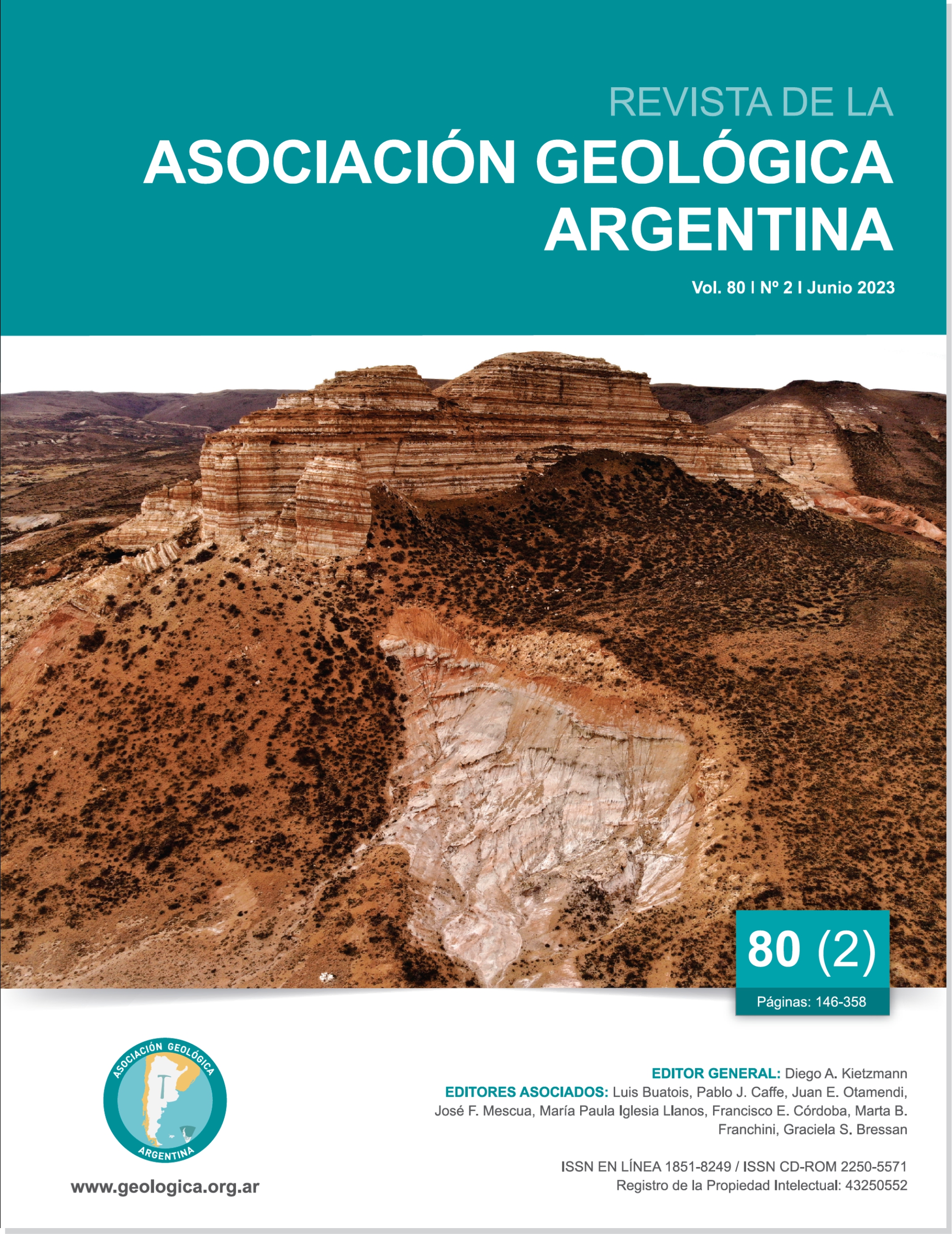Assessing debris flow susceptibility using triggering and propagation models, a case study in the tropical region of the northern Andes in Colombia
Main Article Content
Abstract
The Colombian Andean region characterizes for its tropical climate and mountainous topography, where debris flow events are common and have caused great economic and life losses. Debris flows are multi-hazard phenomena that occur in the basin scale, from the interaction of landslides, hillslope debris flows, debris floods and floods. The debris flow susceptibility and hazard assessment must take account for all this processes, including their interactions. The proposed methodology is the use of physically-based slope stability, debris flow runout, and flooding routing models in a consecutive way, using the results of one model into the output for the next one. The methodology was calibrated and applied to model the disaster occurred in 1990 in the Arenosa basin, located in the Northern Andes. The performance of the models was evaluated for each subprocess, allowing to track the uncertainties and limitations of each of the models, and understand the complexity of modelling such hazards.
Article Details

This work is licensed under a Creative Commons Attribution-NonCommercial 4.0 International License.
Nota de copyright
Los autores conservan los derechos de autor y garantizan a la revista el derecho de ser la primera publicación del trabajo licenciado según una licencia de atribución Creative Commons que permite a otros compartir el trabajo con el reconocimiento de la autoría y de la publicación en la que se publicó por primera vez.
Declaración de privacidad
Los nombres y direcciones de correo electrónico introducidos en esta revista se usarán exclusivamente para los fines declarados por esta revista y no estarán disponibles para ningún otro propósito u otra persona.

